
Graduate Interview: Daud Setianto from Indonesia
In this article, we’ve had a chat with Daud Setianto, who is a dedicated English teacher from Indonesia. He’s shared with us his top tips and valuable insights on how to build a successful career as an online English teacher.
As technology continues to revolutionize education, online teaching has emerged as a powerful way for educators to explore more diverse career paths and opportunities. With the ability to reach students from around the globe and tailor learning experiences to individual needs, online teaching offers a flexible and rewarding career. Not only does it allow educators to broaden their horizons and work across various time zones, but it also allows them to enjoy the freedom to teach from anywhere.
To give you a better understanding of how one can approach building a successful ESL teaching career, Daud has kindly shared his experiences and valuable insights, highlighting different ways to navigate and thrive in the world of online English teaching.
Let’s see what he has in store for us!
About Daud
Daud is a dedicated English teacher from Indonesia. Throughout his English teaching career, he’s taught a wide array of subjects tailored to different age groups and proficiency levels.
Name: Daud Setianto
Nationality: Indonesian
Profession: English language teacher
Experience: 7+ years of teaching experience.
In the future, Daud hopes to further nurture his passion for teaching by pursuing more advanced certifications and degrees, while taking on more leadership roles within the education industry.
Daud’s interview:
💬 How long have you been teaching English, and how did you start?
“I have been teaching English for 7 years. I began my teaching career as a part-time teacher at a local community center, focusing on helping adult students improve their English skills. This initial experience ignited my passion for teaching and motivated me to transition into a full-time career in education.”
💬 What made you decide to pursue an English teaching career?
“I decided to pursue an English teaching career because of my passion for helping others learn and grow. Despite initially shifting to a different industry in 2013 due to my educational background not aligning with my dream of becoming an English teacher, I consistently utilized my spoken English skills in various roles. For instance, during my time in public relations, I regularly engaged with foreign clients, honing my language proficiency.
After five years, I rediscovered my love for teaching and inspiring others. I secured a position as an Elementary teacher in a bilingual school and began tutoring English online on the side.
Subsequently, I pursued my bachelor’s degree in English education to further my teaching career seriously. I successfully completed my degree in 2023, starting from scratch, and I am delighted to balance both teaching and university studies. The decision to become an English tutor has been incredibly rewarding for me.
Teaching English allows me to make a meaningful impact by empowering students with language skills that can enhance their opportunities and broaden their horizons. Additionally, I find joy in the cultural exchange that teaching facilitates, fostering mutual understanding and appreciation among diverse groups of learners.”
💬 Where do you currently teach, and how did you find your current teaching job?
“I currently teach at EF, in an elementary public school, and also work independently with private students. My journey to these teaching positions began with networking within the education community and actively searching for opportunities online. This proactive approach allowed me to connect with schools such as EF that share my teaching philosophy and are aligned with my career goals.”
💬 What is the job like?
“Teaching at an online English institution, in an elementary public school, and with private students independently each offers unique experiences. At the online English institution, I engage with a diverse group of learners in a structured environment focused on language proficiency. It allows me to have flexibility in my working hours, which helps me save energy and other resources by eliminating the need for a daily commute. This flexibility also enables me to balance my professional and personal life more effectively.
In the elementary public school, I work with younger students within a formal educational framework, emphasizing foundational skills. Teaching private students allows for personalized instruction tailored to individual needs and goals, fostering a flexible and intimate teaching approach.
Each setting enriches my teaching practice in distinct ways, contributing to a well-rounded professional development.”
💬 What kind of teaching qualifications do you possess?
“I hold a Bachelor’s degree in English Education, a TESOL/TEFL certificate from World TESOL Academy, and have completed an online course in Fundamental Teaching English from Arizona State University. Additionally, I have completed the Teacher Acceleration Program by Ruangguru.”
💬 How did the TESOL/TEFL course prepare you for teaching online?
“The TESOL/TEFL course played a crucial role in preparing me for teaching online by broadening my knowledge and enhancing my practical and technical skills required for online ESL teaching. It equipped me to adapt effectively to various class situations through reinforcement of fundamental teaching methods and approaches.
The course also provided comprehensive guidance on developing both soft skills, like confidence in building the necessary skills in reading, listening, writing, and speaking, and technical skills, such as setting up appropriate devices like webcams and headsets for online teaching. Overall, it significantly boosted my confidence and readiness to excel in teaching English online.“
💬 Is there anything from your TESOL/TEFL course that you’ve found to be especially useful?
“The TESOL/TEFL course reinforced my understanding of essential grammar components such as verb types, punctuation rules, tenses, prefixes, suffixes, and affixes. This knowledge is crucial for effectively teaching grammar in both onsite and online classes.
I also gained valuable insights into various teaching methodologies including PPP (Presentation, Practice, Production), TTT (Test, Teach, Test), and TBL (Task-Based Learning). These methodologies has helped provide a structured framework for my lesson planning, allowing me to adapt and deliver engaging lessons that cater to different learning styles and promote active student participation.
Additionally, I learned effective strategies for motivating and praising students, which are essential for fostering a positive learning environment and boosting student confidence and participation in online ESL classes.
Overall, these skills and knowledge from my TESOL/TEFL course have significantly enhanced my ability to deliver engaging and effective online ESL classes, adapting to diverse student needs and promoting continuous learning and development.“
💬 Would you recommend others pursue English teaching certifications like TESOL/TEFL?
“Yes, I would recommend pursuing English teaching certifications like TESOL/TEFL. In fact, I have recommended this course to one of my former colleagues.“
Want to start your teaching career? Get TESOL/TEFL certified:
To teach English overseas and online, you’ll need to possess an accredited and recognized TESOL/TEFL certificate.
With World TESOL Academy’s accredited 120-hour TESOL/TEFL course, you’ll develop the essential skills needed to build a successful English teaching career.
Or click here to get a free preview of the course.
.
💬 How do you maintain your professional development as a teacher?
“To maintain my professional development as a teacher, I enroll in online courses that enhance my skills and align with my specialization in English language teaching. I also try to actively connect with educators locally and globally, joining teacher communities to exchange ideas, share resources, and learn best practices in teaching.
In addition to this, I regularly participate in workshops, webinars, and online courses focused on English language teaching, pedagogy, and educational technology. I strive to stay updated with new teaching methods and approaches.
Lastly, I actively seek feedback from students, colleagues, and supervisors to continuously improve and refine my teaching methods.
These strategies ensure that I remain proactive and adaptable in my teaching practices, contributing to ongoing professional growth and enhancing the learning experience for my students.”
💬 Could you give us a glimpse of what a typical work week looks like for you?
“I dedicate approximately 40-42 hours per week to online teaching sessions, balancing my time between EF classes, elementary public school lessons, and private tutoring sessions.
My teaching covers a wide array of subjects tailored to different age groups and proficiency levels, ranging from young learners to adults. Specialized topics include business English, ensuring I meet the specific needs of students from diverse backgrounds such as Indonesia, China, Brazil, Spain, Mexico, Colombia, Uruguay, Netherlands, Italy, , Japan, South Korea, and Arab countries.
In addition to lesson planning, grading, and creating teaching materials, I also handle essential administrative duties. These include compiling comprehensive student class reports and meticulously maintaining attendance records. These tasks are essential for fostering effective communication with students, parents, and school administration.“
💬 Could you walk us through how you typically plan and conduct an online lesson?
“Before the lesson:
- Preparation: I begin by reviewing the lesson objectives and preparing the necessary teaching materials, which include slides, worksheets, and interactive activities.
- Technical setup: I ensure that my online teaching tools are working properly, such as the webcam, headset, and any digital whiteboard or teaching platform I’ll be using.
- Student assessment: If needed, I review the previous lesson’s materials and assessments to gauge each student’s progress and readiness for the upcoming session.
During the lesson:
- Engagement and interaction: I start the lesson with a brief review or warm-up activity to engage students and activate their prior knowledge.
- Instructional delivery: I follow a structured plan based on methodologies like PPP (Presentation, Practice, Production) or TBL (Task-Based Learning) to deliver new content effectively.
- Monitoring and support: Throughout the lesson, I monitor students closely for comprehension and engagement. If I notice a student struggling, I provide additional explanations, examples, or breakout sessions for personalized support.
- Interaction and engagement: I encourage active participation through questions, discussions, and interactive tasks to ensure understanding.
After the lesson:
- Assessment and feedback: At the end of the session, I provide comprehensive feedback on each student’s performance, highlighting strengths and areas for improvement. This allows students to reflect on their learning and encourages them to apply feedback in future lessons.
- Administrative tasks: I update student records, attendance, and progress reports promptly to track individual development and communicate with parents or guardians if necessary.
- Reflection and planning: Finally, I reflect on the lesson’s effectiveness, noting what worked well and areas for improvement. I use this feedback to adjust future lesson plans and activities accordingly.“
💬 What resources or tools do you find most effective for online ESL teaching?
“I use video conferencing platforms like Zoom to facilitate real-time interaction, video/audio communication, and screen sharing, which are crucial for conducting engaging online lessons.
I also like to use educational apps and websites such as Kahoot!, Twinkl, Wordwall, Bamboozle, Liveworksheets, and ISLcollective, as they offer a variety of interactive exercises, quizzes, games, and digital flashcards.
These resources can be used to reinforce language skills in a fun and engaging manner, enhancing the learning experience for your ESL students.“
💬 How do you maintain your work-life balance as a teacher?
“Maintaining a work-life balance as a teacher involves careful planning and setting clear boundaries. I organize my weekly schedule in advance, typically teaching online from 3 PM to 8 PM, Monday through Saturday. On Wednesdays, I teach 5th grade students in a public school from 7:30 AM to 12:00 PM. This structured approach allows me to manage my time effectively and ensure that work does not encroach on personal time.
To set clear boundaries between work and personal time, I designate specific hours for teaching and administrative tasks while ensuring I have dedicated time for relaxation and hobbies. Engaging in activities I enjoy outside of work, such as reading, exercising, and spending time with family and friends, helps me recharge and maintain a positive outlook.
I start my day by waking up at 6 AM and jogging for an hour, except on Wednesdays and weekends. Incorporating self-care practices such as mindfulness, regular exercise, and adequate sleep into my routine helps me manage stress and stay energized.
Taking regular breaks during the day at noon to rest and rejuvenate helps me stay focused and productive throughout my teaching sessions. Additionally, after working hours, I usually spend 30 minutes to an hour at a cafe to unwind and relax from my daily routine. By implementing these strategies, I ensure a healthy work-life balance, allowing me to be an effective teacher while also enjoying my personal life.“
💬 Do you have any tips for teachers who wish to start teaching English online?
“To be successful, I believe it’s crucial to expand your teaching skills, including pedagogy, engagement teaching approaches, and technical and practical skills related to current needs. Employers value flexibility and adaptability, as online teaching environments can change rapidly. Being adaptable and open to new teaching methods and technologies is also essential. Strong communication skills are also vital, as you’ll be explaining concepts and providing feedback to students with varying levels of English proficiency.
Additionally, technical proficiency is important; being familiar with online teaching platforms, video conferencing tools, and digital resources, as well as being comfortable troubleshooting basic technical issues, can be a significant advantage. Organizational skills are necessary for managing lesson plans, scheduling classes, and keeping track of student progress.”
💬 How do you keep your students engaged when teaching online?
“I use interactive tools and activities, such as quizzes, polls, and group discussions, to keep my students engaged. I also try to provide clear and concise instructions for activities and assignments, as you won’t have the benefit of physical presence. Regular, constructive feedback helps my students understand their progress and areas for improvement.
Additionally, I try to establish a consistent schedule and structure for my lessons to help the students know what to expect and prepare them for a productive learning session. Creating a positive learning environment by encouraging participation, praising efforts, and fostering a supportive atmosphere where students feel comfortable expressing themselves is also important.“
💬 Do you have any tips for the job hunting process?
“Based on my experience, I started looking for an online English teacher position through job search sites such as LinkedIn, JobStreet, Seek, Indeed, and Glints.
Networking with other ESL teachers and hiring managers through professional networks, social media groups, and forums can also lead to job opportunities (I have done it through LinkedIn). Subscribing to job newsletters and recommendations from these job search sites can further help you find targeted ESL teaching positions.
When preparing your application, tailor your resume and cover letter to highlight relevant experience, qualifications, and skills. Make sure to customize each application to align with the specific job requirements. Clearly display your TESOL/TEFL certification and any other relevant qualifications.
If you have special training, such as experience with specific teaching platforms or technologies, be sure to mention it. Preparing a professional portfolio that includes sample lesson plans, student testimonials, and examples of your work can also help demonstrate your teaching style and effectiveness.
💬 Any tips on how to prepare for the job interview?
For the interview process, practice answering common interview questions about your teaching philosophy, experience, and how you handle classroom challenges. Be ready to discuss your experience with video conferencing tools, digital whiteboards, and other online teaching resources.
Many online teaching jobs require a teaching demonstration as part of the interview process, so prepare a short lesson that showcases your teaching style, ability to engage students, and proficiency with online tools. Show your interest in the position by asking thoughtful questions about the school’s teaching methods, the student demographic, and opportunities for professional development.
Maintain an online presence by creating a LinkedIn profile and consider starting a blog or professional website where you can share insights, resources, and your teaching philosophy. This can help you stand out and make it easier for employers to find you. Stay persistent and patient, as job hunting can be a lengthy process. Keep applying, networking, and refining your application materials based on feedback.
Additionally, stay updated with industry trends by joining professional organizations, subscribing to ESL teaching newsletters, and attending webinars to stay informed about the latest trends and opportunities in the field.“
💬 What’s next in store for you?
“Looking ahead, I am excited about continuing to develop my expertise in English language teaching. I plan to pursue a Master’s degree in TESOL to deepen my understanding of advanced teaching methodologies and enhance my skills in the field. Additionally, I aim to explore opportunities for specialized teaching roles and possibly contribute to curriculum development. My goal is to stay at the forefront of educational innovation, applying new insights to improve student outcomes and adapt to the evolving needs of learners in the online environment.
Additionally, I plan to further my professional development by pursuing advanced certifications and attending workshops and conferences related to educational technology and innovative teaching methodologies. Staying updated with the latest trends and tools in the industry will enable me to provide a more engaging and effective learning experience for my students.
I also envision taking on more leadership roles, such as mentoring new teachers or leading professional development sessions within online teaching communities. Sharing my knowledge and experiences with others can contribute to the overall improvement of the teaching profession and help foster a supportive network of educators.
Lastly, I am interested in exploring opportunities for creating and sharing educational content, such as developing online courses, writing articles or blog posts on language learning, or even publishing a book on my teaching experiences and insights. This will not only enhance my professional portfolio but also allow me to reach a broader audience and make a positive impact on the global ESL teaching community.“
Conclusion
As the demand for online ESL teaching continues to rise, so does the need for skilled educators. The insights shared by Daud reflect the dedication and passion that are key to success in the field of online ESL teaching. Whether you’re just starting out or expanding your teaching knowledge, staying committed to professional development and being adaptable can help you build a fulfilling career that meets the growing demand from students around the world.
If you are interested in pursuing an English teaching career just like Daud, then now is the perfect time to take the first step and start your teacher training.


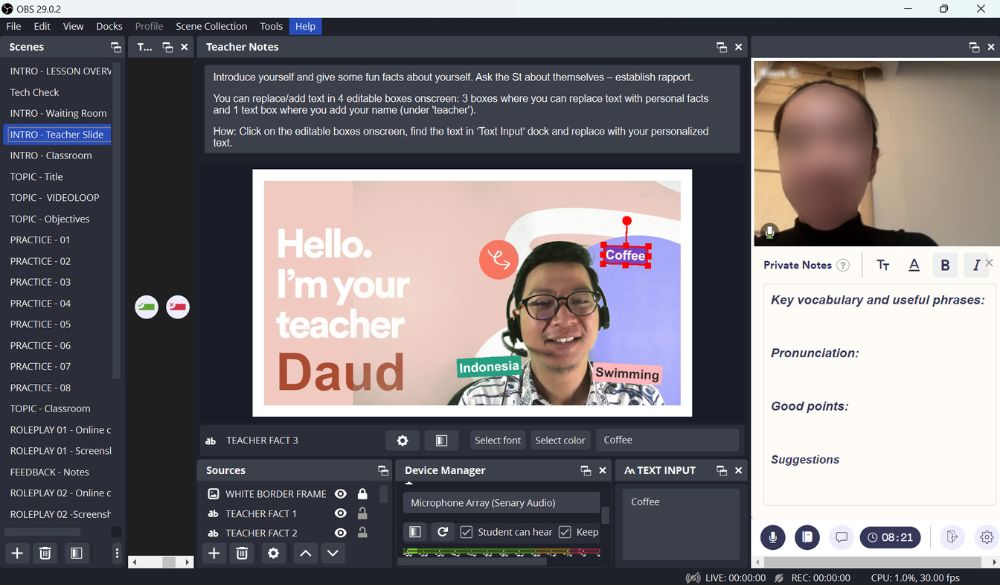
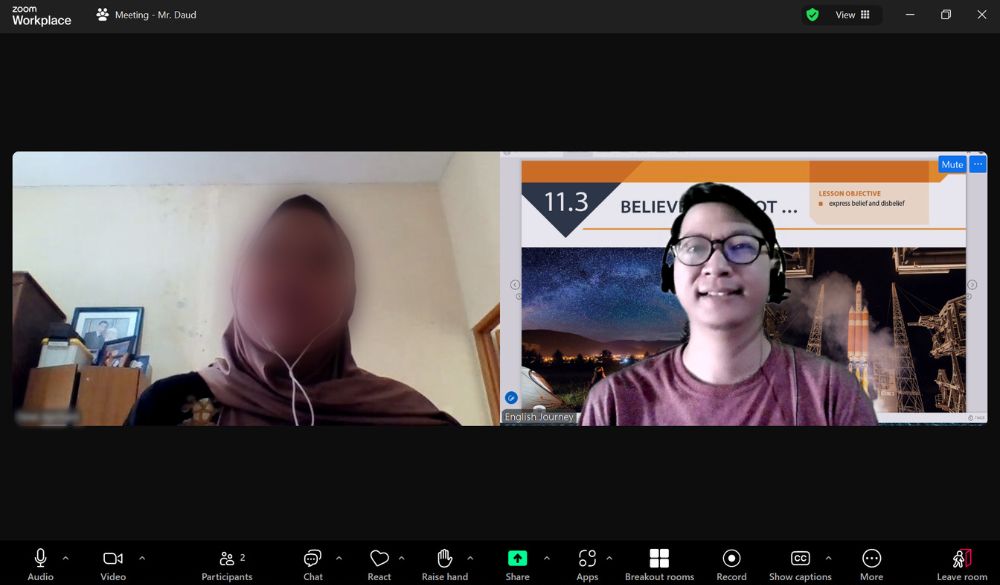


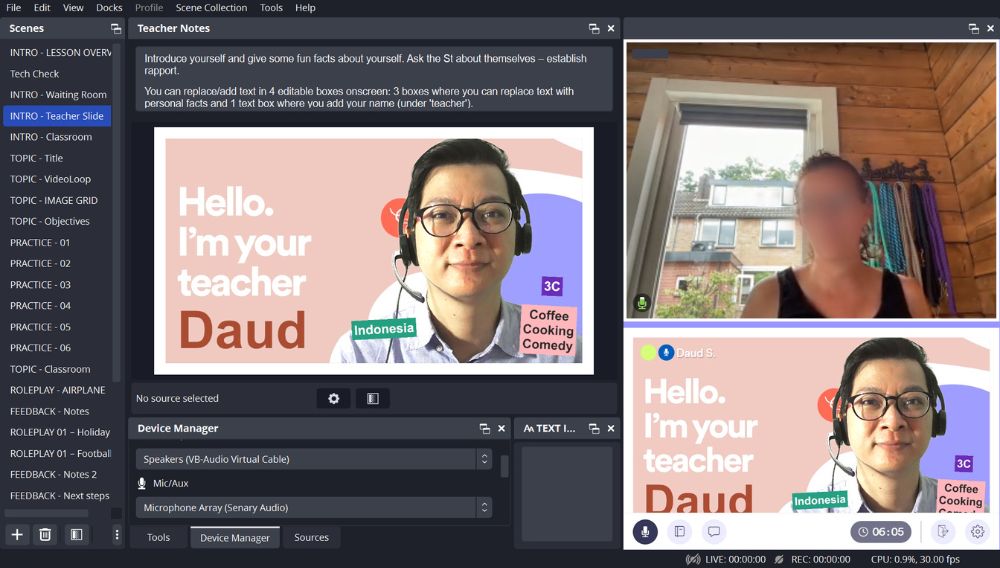

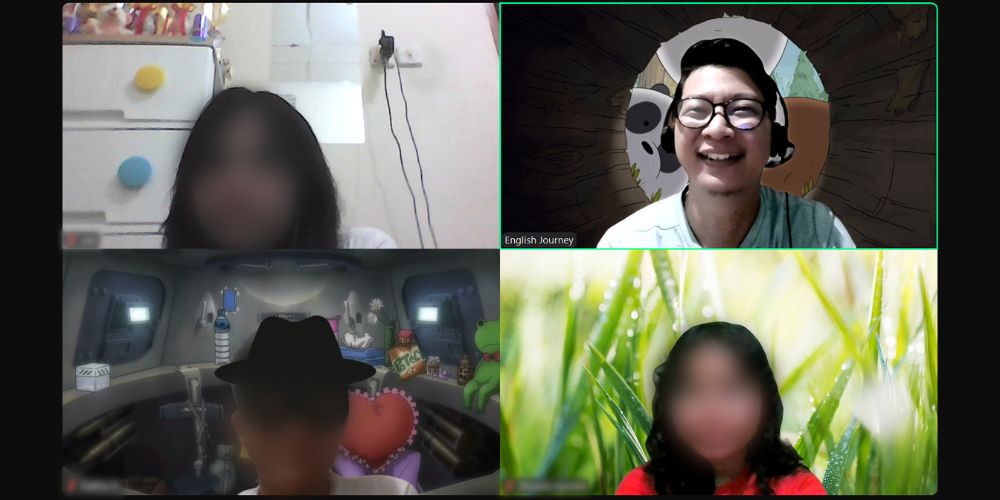






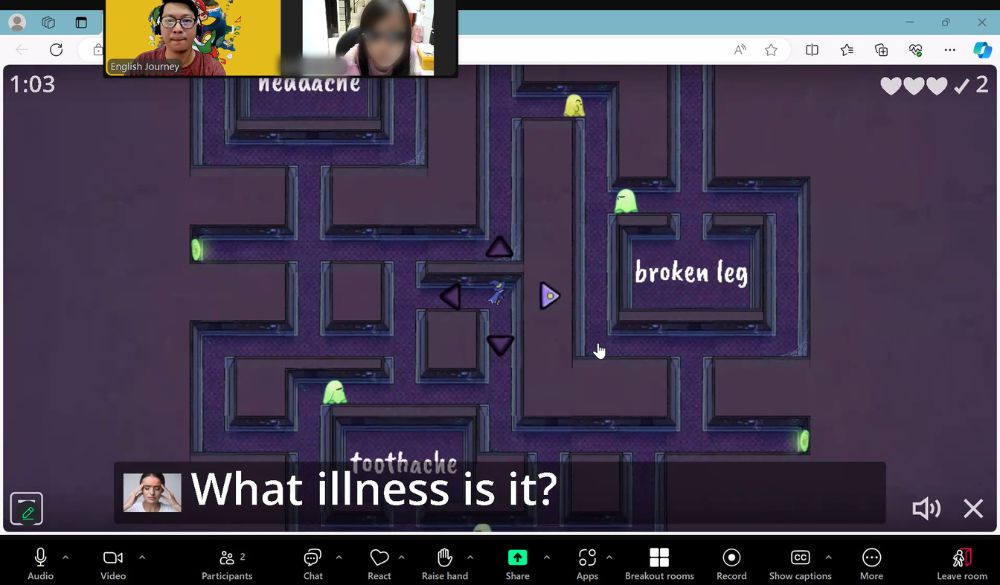
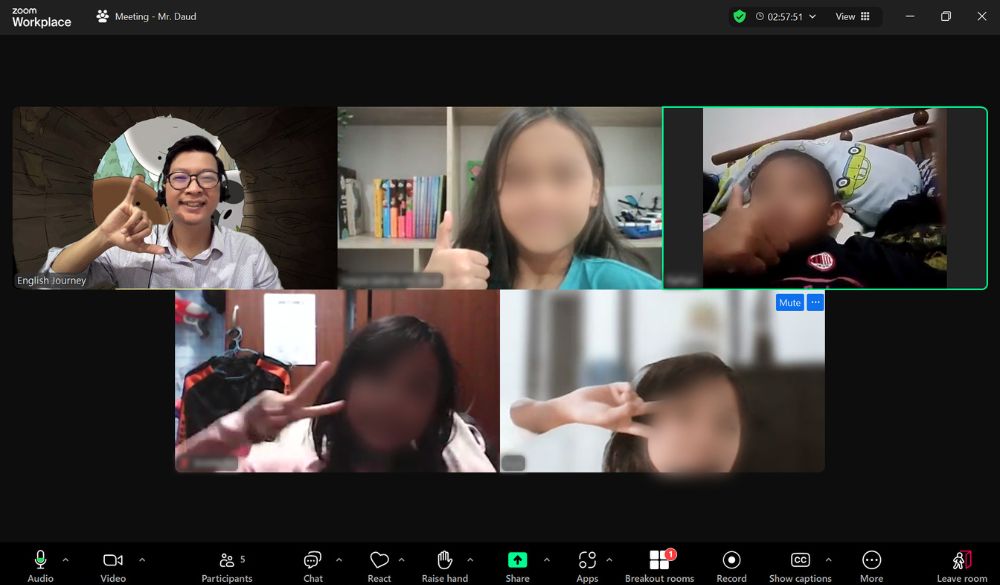
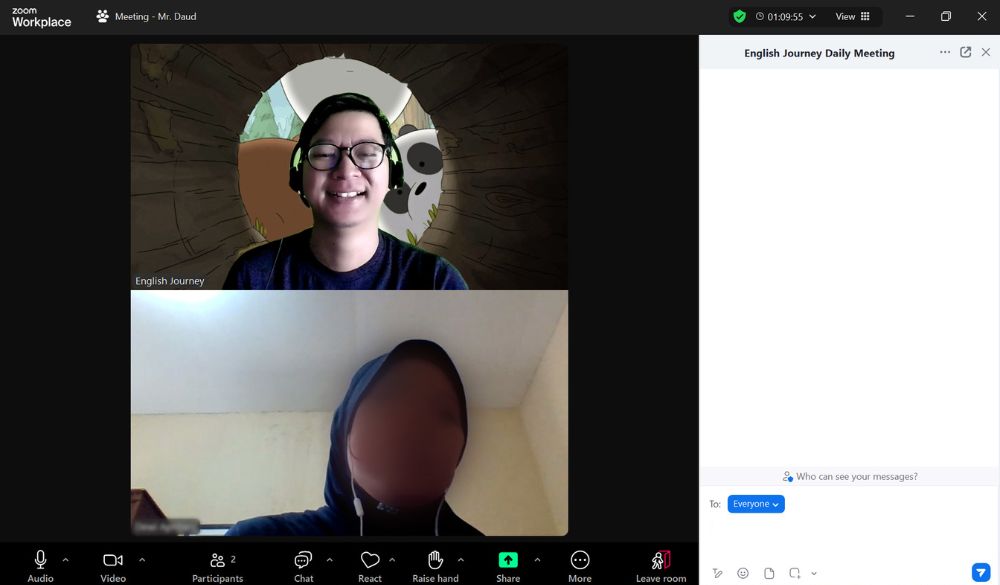
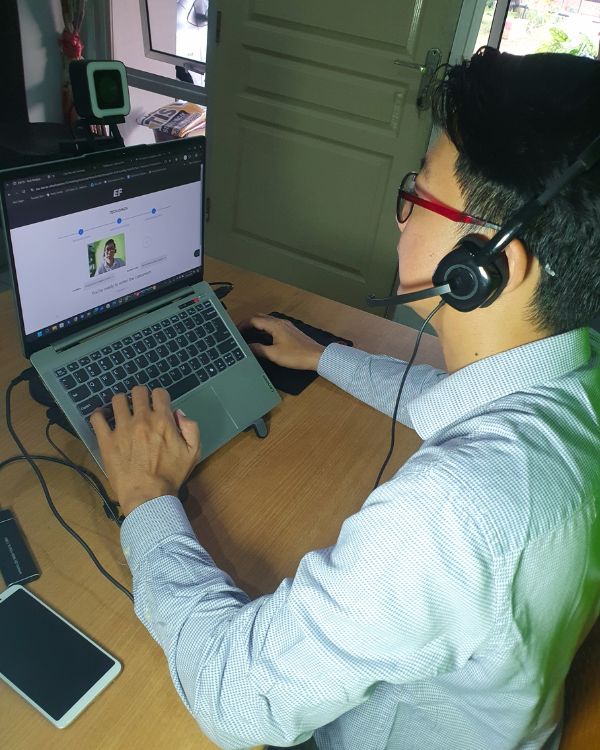


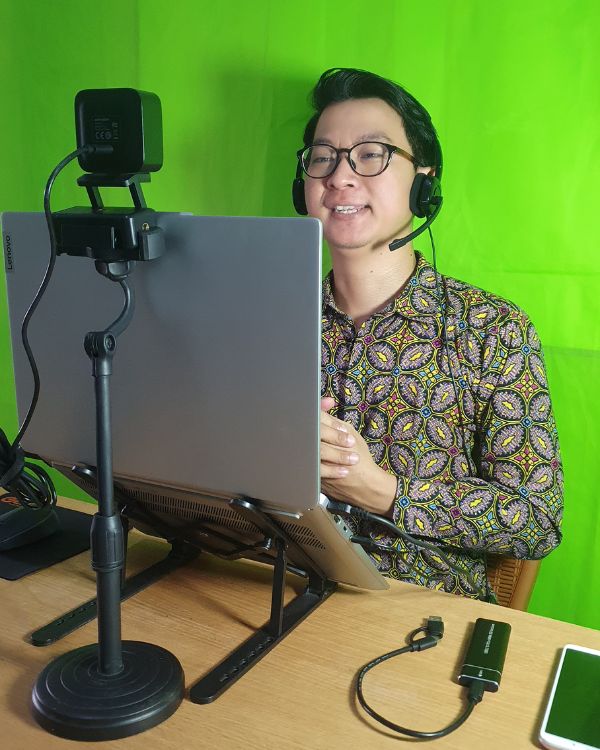
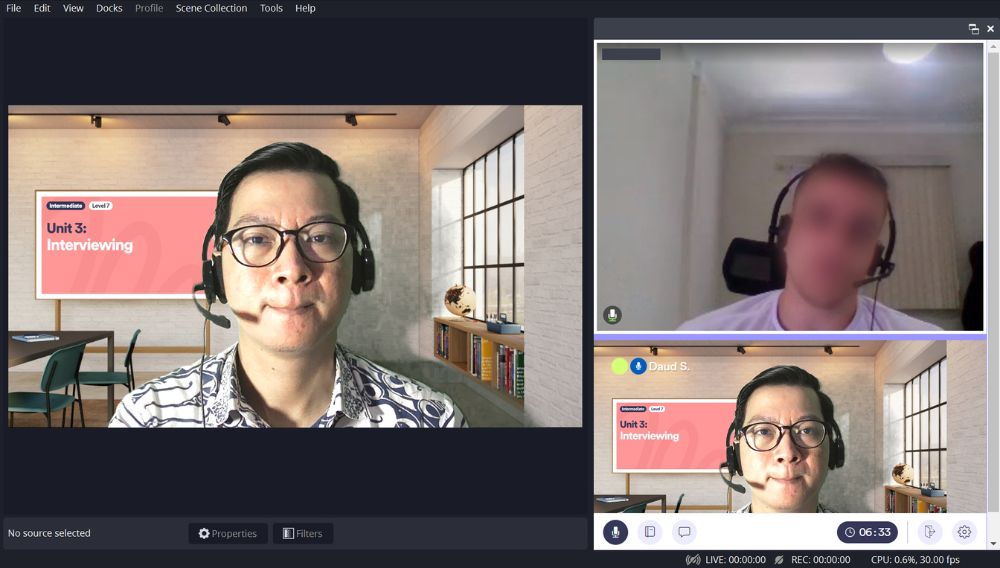
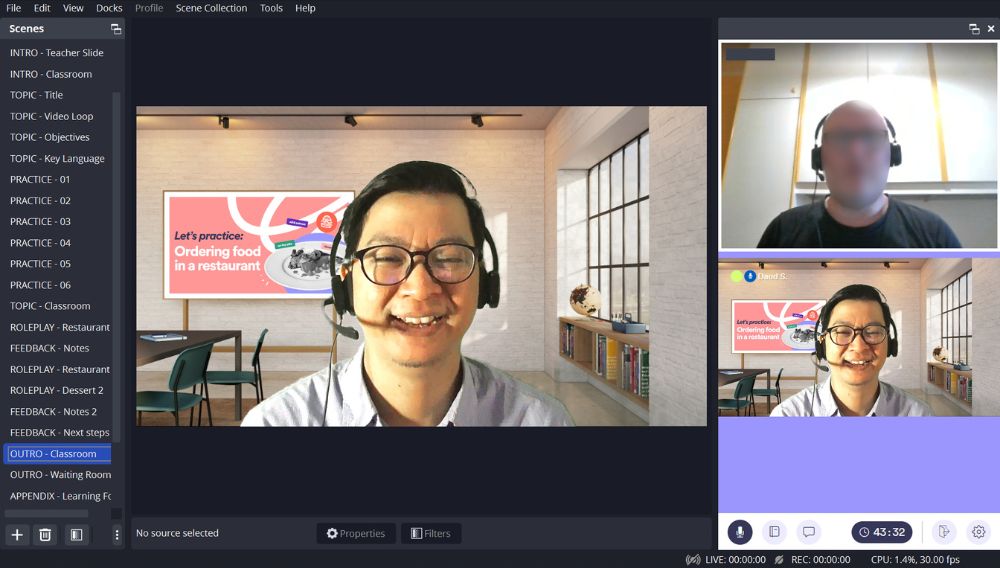
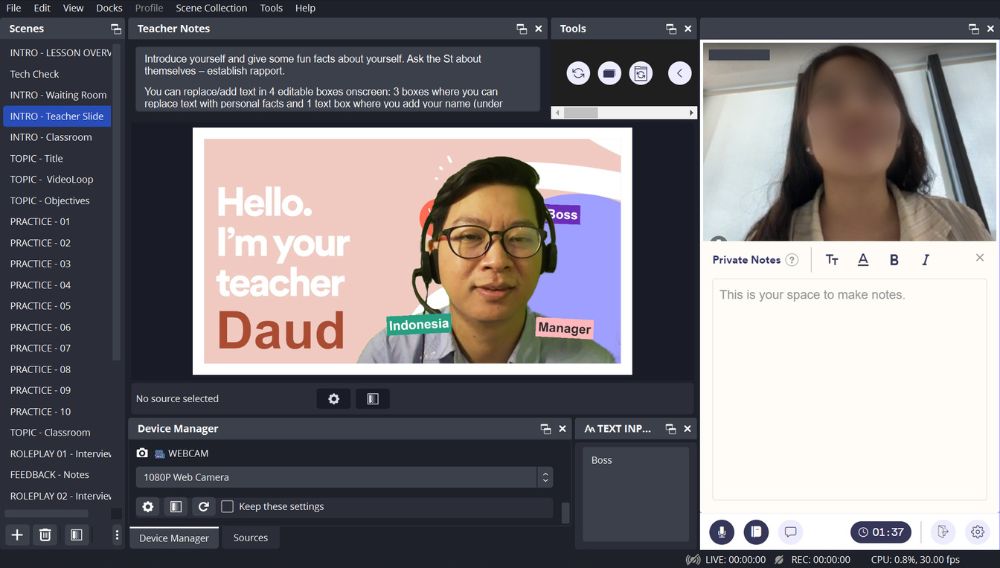



Leave A Comment